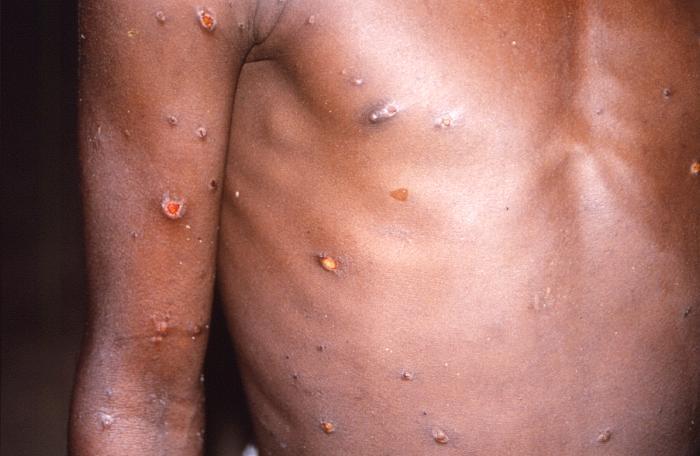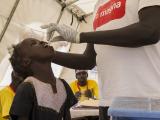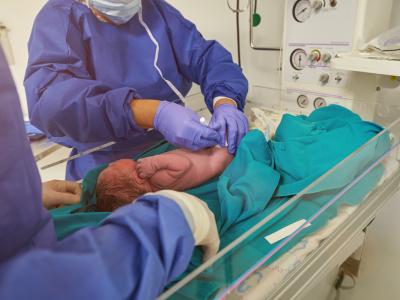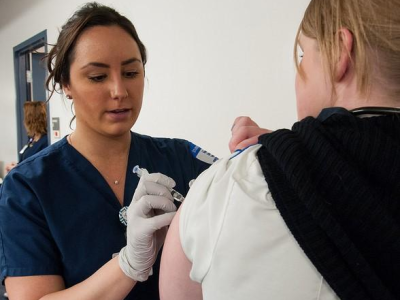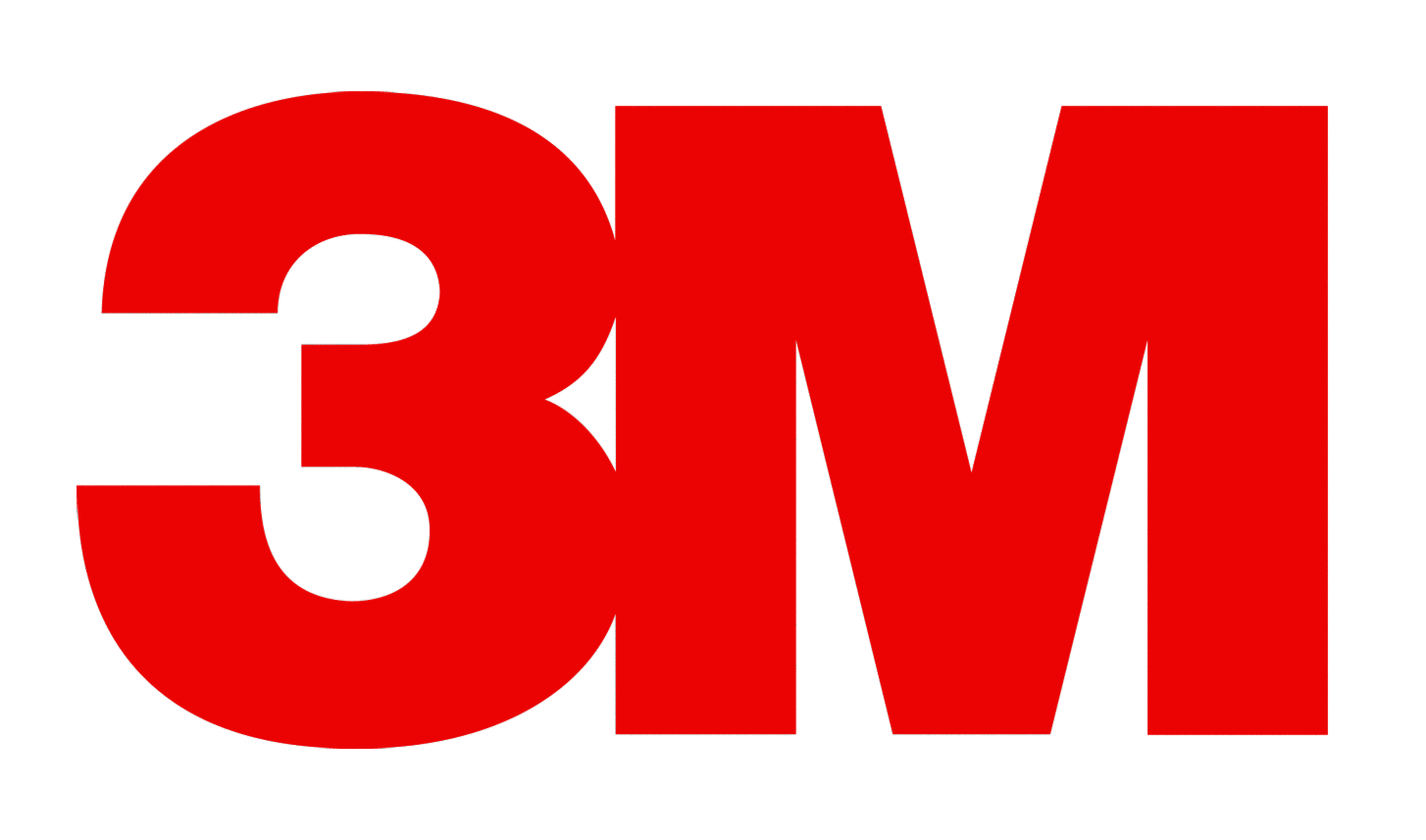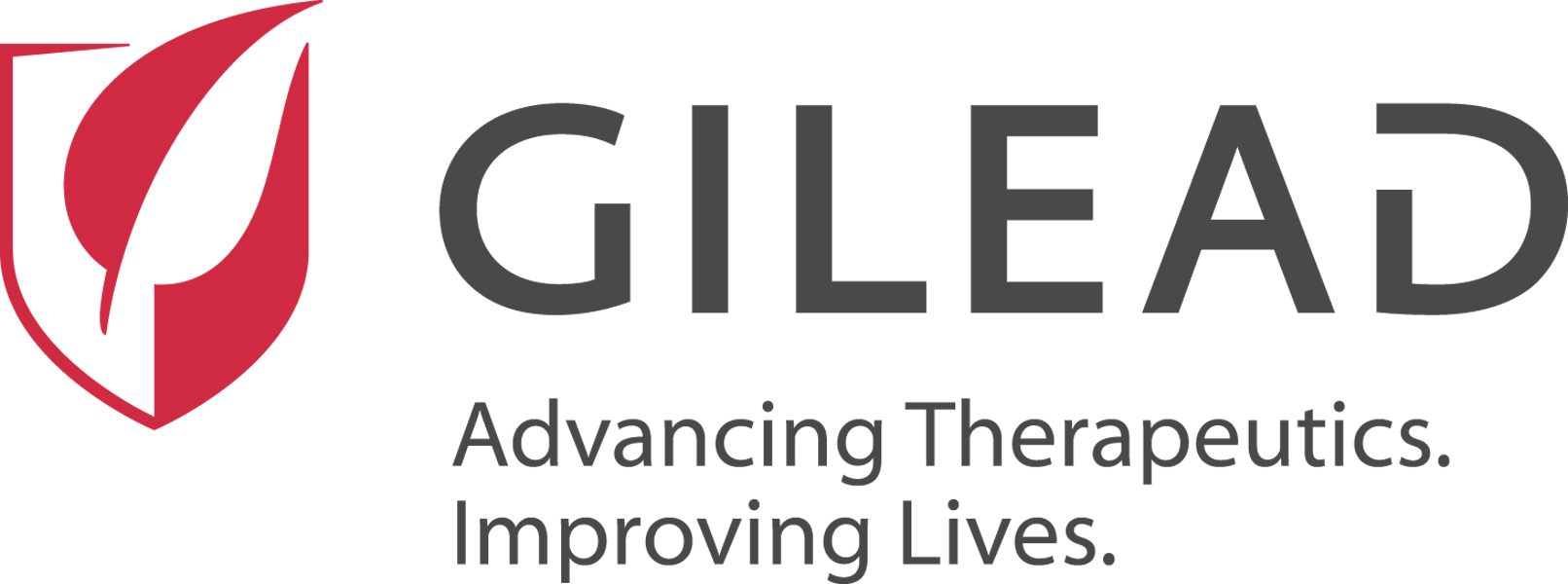As African countries continue to grapple with multiple mpox outbreaks involving different clades and transmission patterns, officials from Africa Centres for Disease Control and Prevention (Africa CDC) today said Guinea’s outbreak is escalating exponentially, showing similar signs to a recent surge in Sierra Leone.
Countries in West Africa were affected later than hot spots in central Africa such as the Democratic Republic of the Congo (DRC), Uganda, and Burundi. Unlike those countries, more recently affected locations in West Africa have seen outbreaks mainly involving clade 2 viruses, including the one that triggered global spread.
Guinea cases concentrated in 3 regions
At a regular weekly briefing today, Yap Boum, PhD, MPH, deputy incident manager for Africa CDC's mpox response, said Guinea reported 121 confirmed mpox cases last week, more than double the 51 cases reported the previous week. After reporting its first case about 5 weeks ago, Guinea made up 20% of all mpox infections reported from Africa last week.
Cases are concentrated in Conakry, Faranah, and Kindia regions, and males make up 69.9% of cases. Boum said Guinea’s two biggest challenges right now are contact tracing and isolating patients.
Sierra Leone reported its first cases in January, with activity that intensified in the following weeks, peaking in early May.
Worrisome rises in other countries
Boum said health officials are encouraged by continued declines in some of the region’s high-burden countries, including the DRC, Uganda, and Sierra Leone, which account for a large but declining percentage of all cases (currently 74%). Overall, countries are seeing improvements in test coverage, meaning most suspected cases are tested, which he said gives outbreak responders a clearer picture of how the outbreak is evolving.
However, Boum said the virus continues to pop up in new countries, most recently Gambia and Mozambique, and that Africa CDC is concerned about upward trends in multiple other spots, including Nigeria, Liberia, Kenya, and Ghana. For example, Boum said cases in Kenya are spreading beyond the initially affected coastal areas as the country enters its final stages of vaccination planning.
Cases were up in Togo last week as well, and though numbers are still small, Boum said the rise is concerning, given that the area is part of a transit hub in West Africa.
Mozambique, which reported its first case of the year earlier this month, now has 13 confirmed cases, which he said are limited to a single district. So far, the clade involved in the infections isn’t known. The country has stepped up surveillance and monitoring amid worries of cross-border spread to other countries. Four of five countries that border Mozambique—Malawi, South Africa, Zambia, and Zimbabwe—have reported mpox cases.
Vaccine doses dwindle
Delivery of all earlier mpox vaccine deliveries has now been completed, following allocation planning, Boum said, emphasizing that the region has no more doses to distribute. Though 800,000 doses are available from mpox vaccine manufacturer Bavarian Nordic, the region and its partners, including UNICEF, have no funding to buy and deploy them, partly due to cutbacks in global health spending.
Africa CDC has estimated that 3.4 million doses are needed to meet the current demand.
Countries with smaller outbreaks such as Mozambique and Liberia want the vaccine, which would be ideal to help control outbreaks while case numbers are still low, he said.
Officials are considering ways to make the most of the scarce supplies, including fractional dosing, to help control outbreaks faster.
